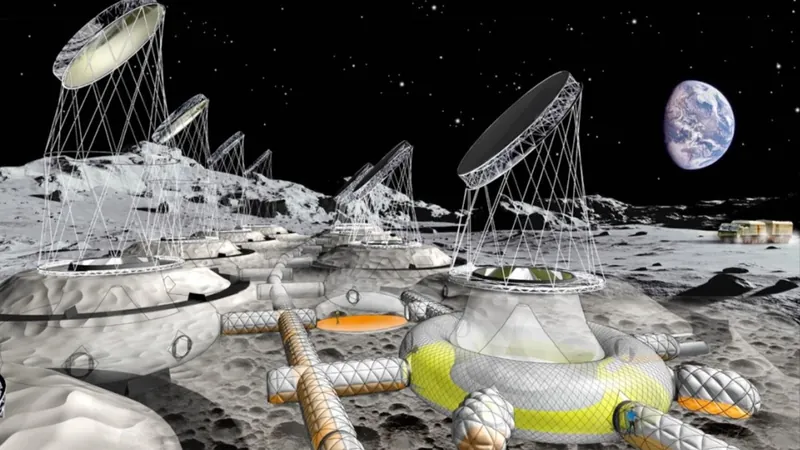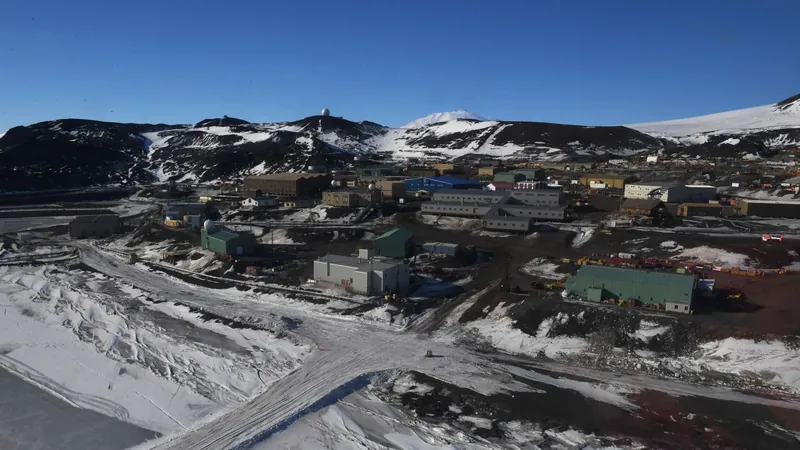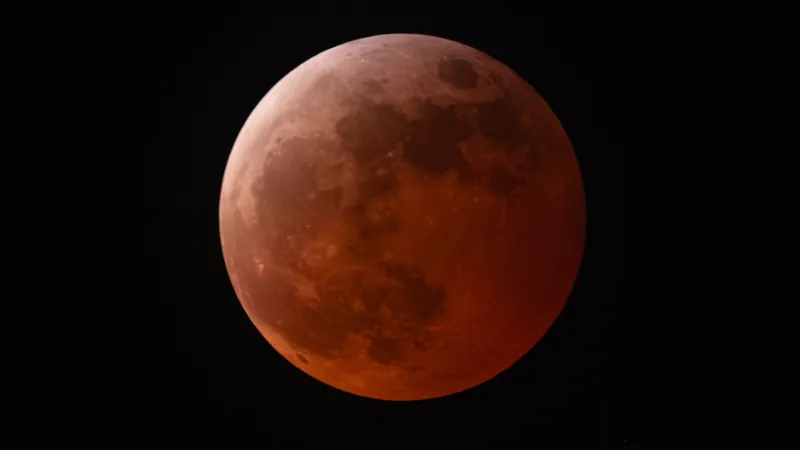
NASA Aims for Moon's Nuclear Frontier: Will We See a Reactor by 2030?
2025-08-31
Author: Noah
A Bold Lunar Strategy Unveiled
In an audacious announcement, NASA's acting administrator Sean Duffy revealed plans to construct a nuclear fission reactor on the moon by 2030. This initiative positions the United States on a strategic path to claim lunar dominance before China's taikonauts potentially land on the lunar surface within the same timeframe.
Why a Nuclear Reactor Is Essential for Moon Exploration
This nuclear initiative is more than just a geopolitical maneuver; it’s a crucial step for future Mars missions. Given that solar energy is less efficient on the Red Planet, a reliable power source like a nuclear reactor becomes indispensable. It could also facilitate a sustainable lunar base, providing power throughout the long, dark lunar nights.
Strategic Placement: The Key to Success
Determining the optimal location for the reactor is crucial. It must be strategically situated near water ice deposits, essential for supporting human life on the moon and refueling spacecraft. Recent lunar missions have identified dark craters at the moon's poles that may harbor these vital resources.
NASA's Data-Driven Approach
Encouragingly, multiple lunar missions have already gathered valuable data pinpointing possible locations for these water ice deposits. The Volatiles Investigating Polar Exploration Rover (VIPER) is poised to validate these findings on the ground, potentially revealing the best spots for establishing a reactor.
Protection Against Lunar Hazards
Once the ideal site is selected, NASA faces another challenge: protecting the reactor from the dust and debris stirred up during spacecraft landings. Historical data from Apollo missions highlight the destructive impact of landing plumes, which necessitate thoughtful planning regarding placement and shielding.
Future Visions: From the Moon to Mars
Creating a solid infrastructure on the moon lays the groundwork for future ventures to Mars. By mastering resource utilization and construction techniques on the lunar surface, NASA can enhance its capabilities for long-term human survival off Earth. The moon could very well be humanity's first stepping stone toward interplanetary colonization, encompassing a thrilling chapter in space exploration.









 Brasil (PT)
Brasil (PT)
 Canada (EN)
Canada (EN)
 Chile (ES)
Chile (ES)
 Česko (CS)
Česko (CS)
 대한민국 (KO)
대한민국 (KO)
 España (ES)
España (ES)
 France (FR)
France (FR)
 Hong Kong (EN)
Hong Kong (EN)
 Italia (IT)
Italia (IT)
 日本 (JA)
日本 (JA)
 Magyarország (HU)
Magyarország (HU)
 Norge (NO)
Norge (NO)
 Polska (PL)
Polska (PL)
 Schweiz (DE)
Schweiz (DE)
 Singapore (EN)
Singapore (EN)
 Sverige (SV)
Sverige (SV)
 Suomi (FI)
Suomi (FI)
 Türkiye (TR)
Türkiye (TR)
 الإمارات العربية المتحدة (AR)
الإمارات العربية المتحدة (AR)